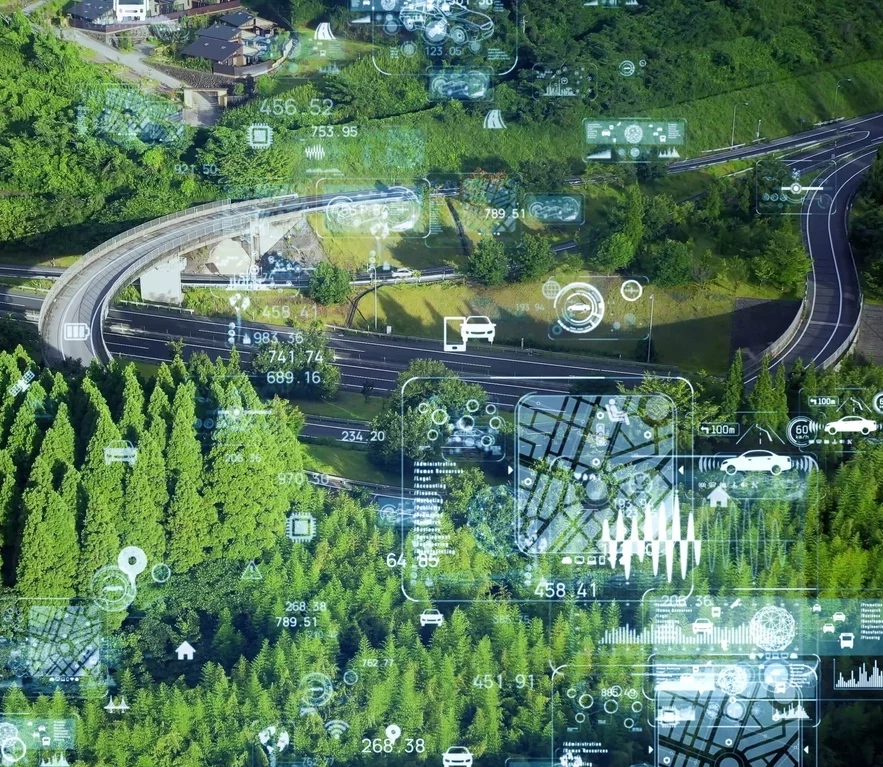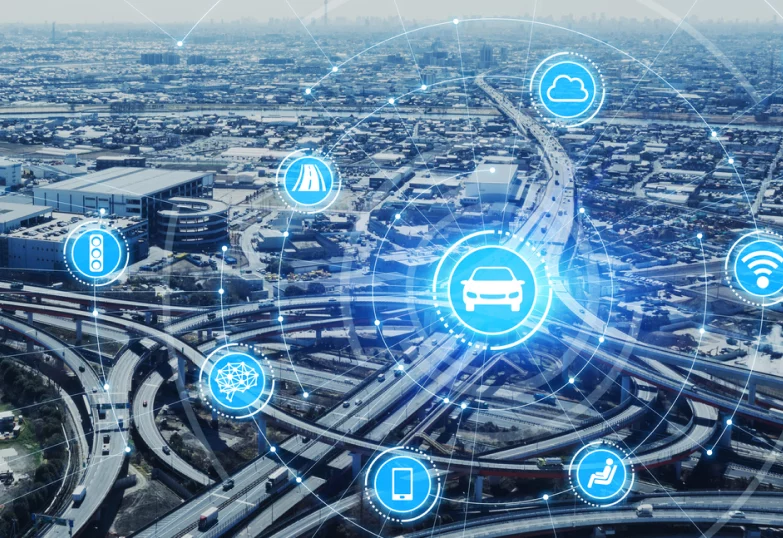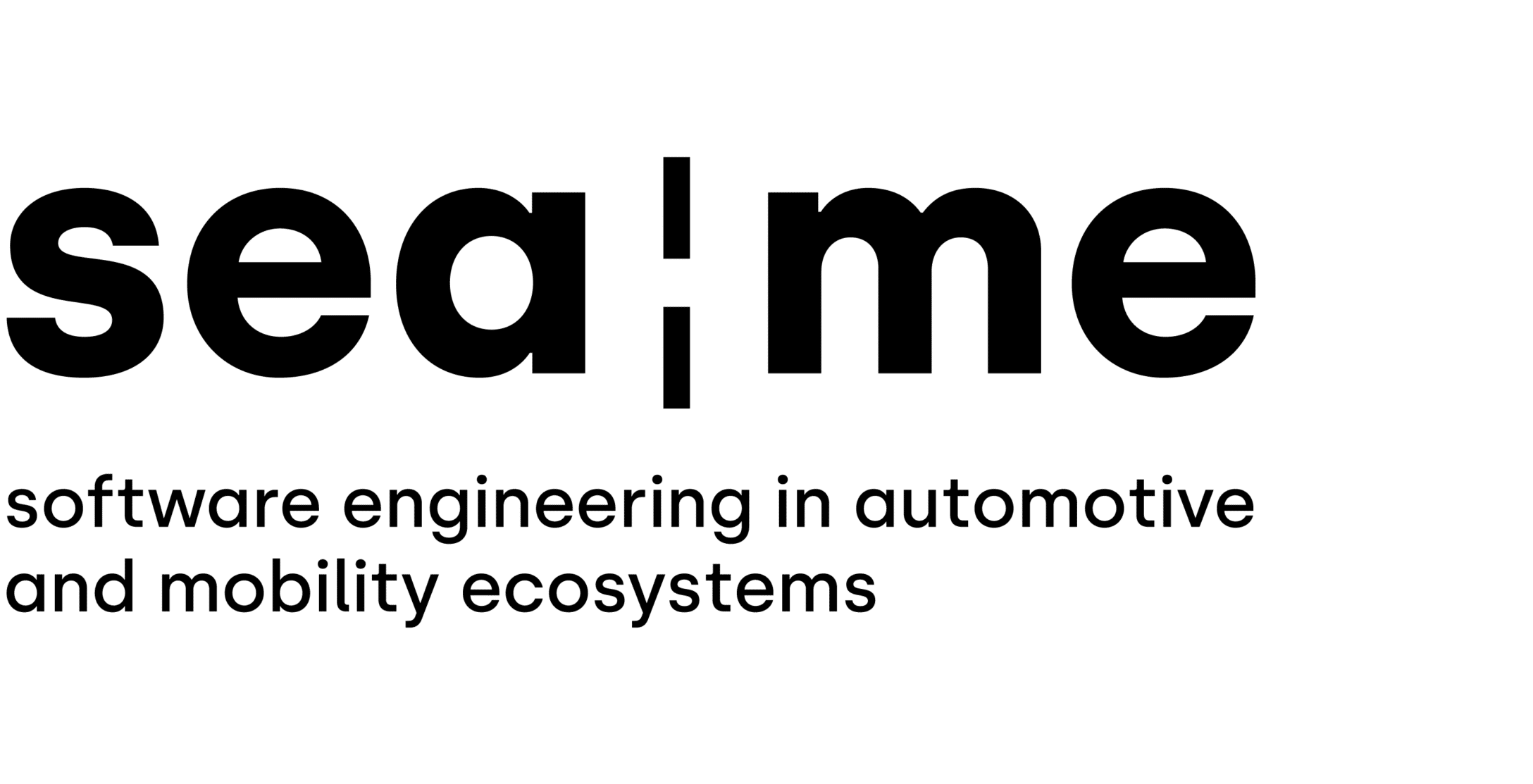mobility Ecosystems
The mobility paradigm has been steadily moving towards an increasingly connected ecosystem, defined by complex networks of collaboration and data exchange.

A mobility ecosystem is a system that includes different transportation modes and their users as well as the way they affect each other. With the introduction of new ways of mobility and the advances in technology, these new ecosystems are becoming more integrated — from connected vehicles and ride-sharing to self-driving vehicles and new options of accessing shared / public transport.
An example of the changes in the mobility ecosystem is the introduction of MaaS (Mobility as a Service). MaaS integrates various forms of transportation services into one and puts the needs of users first. The MaaS ecosystem connects many different partners and makes them all available to the user through one unique interface. Various topics like V2X (Vehicle to everything), V2C (Vehicle to Cloud), Mobility Cloud to Mobility Providers will be included in this module. Plus the collection of data that can be used for analysis on a mass scale, like in floating car data, traffic patterns, insurance, and risk.
The example projects shown below may seem to be about individual car-like vehicles only, but they relate to all types of vehicles and mobility services. The mobility ecosystems module is about creating the environments in which we can move more freely, with more options, and with more comfort – for our shared future mobility.
Examples of Projects

Intro to Mobility Ecosystems
Familiarize yourself with the basics of mobility ecosystems by learning everything about V2X (Vehicle to everything), V2C (Vehicle to Cloud) and InCarApps.

Smart charging Infrastructure
Learn how to build an intelligent charging infrastructure for electric vehicles.

Airport Experience with Shared Mobility
This is where it all comes together! Apply everything you've learned so far to build an entire simulation of a mobility ecosystem.
